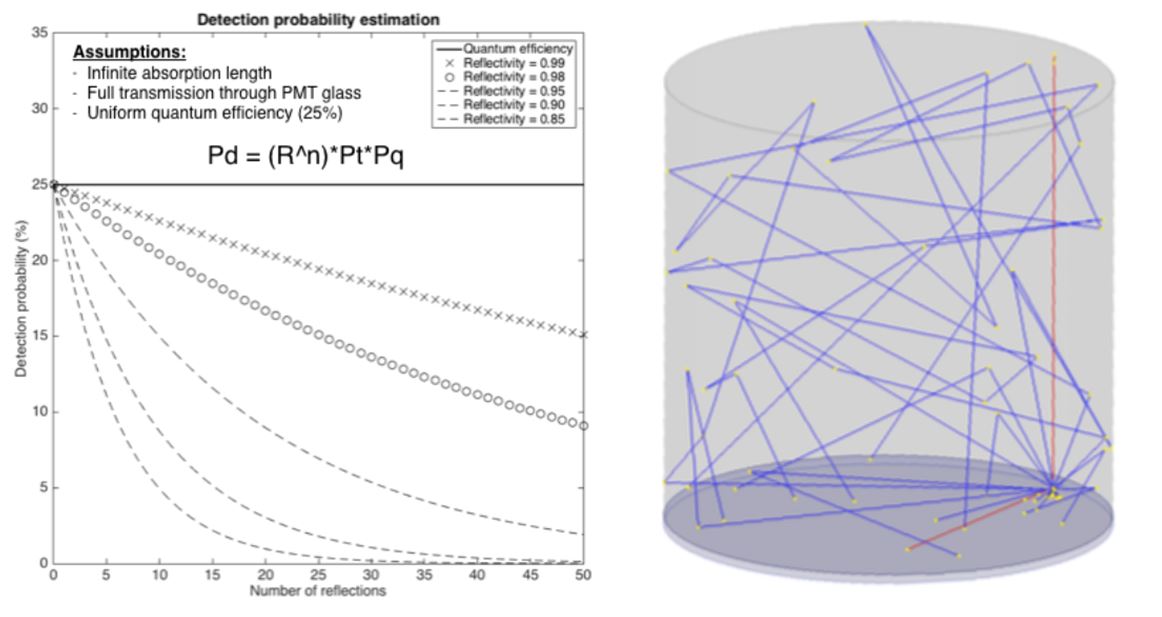Our group is highly interested in developing new tools and techniques for the detection and characterization of special nuclear material (SNM) such as uranium and plutonium, and typical radioactive sources such as spontaneous fission and (alpha, n) sources. Our research has applications in the areas of nuclear safeguards, nuclear nonproliferation, and homeland security.
Examples include the development of 3He-free well counters and radiation portal monitors as well as the design of a dual-particle imager. We also support the development of new theoretical fission models with measurements of correlations between neutron and photon multiplicities from fission. Overarching themes of our research include exploring the use of state-of-the-art detectors, like improved stilbene and new CLYC crystals, characterizing novel detector readouts, like SiPMs, and utilizing cutting edge digitization and analysis tools.
Please contact us for more information about the projects mentioned below.
Focus Area 1: Monte Carlo Simulations
Monte Carlo simulations are frequently used in the field of nuclear engineering. Simulations enables the ability to plan for experimental measurements as well as optimize system designs. With the continuing improvement in computation time, simulations have become a vital tool for research. DNNG focuses on the MCNPX-PoliMi code, which was developed to simulate correlation measurements with neutrons and gamma rays. The code simulates the full statistics of neutrons and photons from fission and other interactions.
Related Projects: Advanced Critical and Subcritical Measurements, Monte Carlo Code Development, Nuclear Fission Cross-Correlations and Multiplicities,
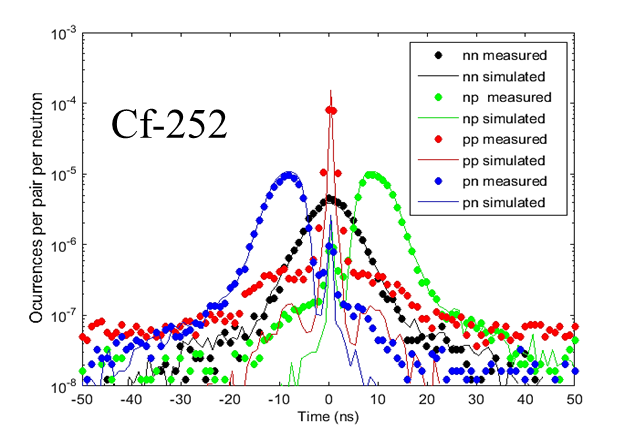
Focus Area 2: Homeland Security
Homeland security applications rely on radiation detection technology to detect and locate special nuclear material. DNNG conducts research to improve upon the current technology as well as develop innovative techniques to ensure better overall security.
Related Projects: Active Interrogation Systems, Dual-Particle Imager, Fission Chain Analysis, Handheld Dual-Particle Imager, Neutron Spectrum Unfolding, Radioxenon Detection, Radiation Portal Monitors
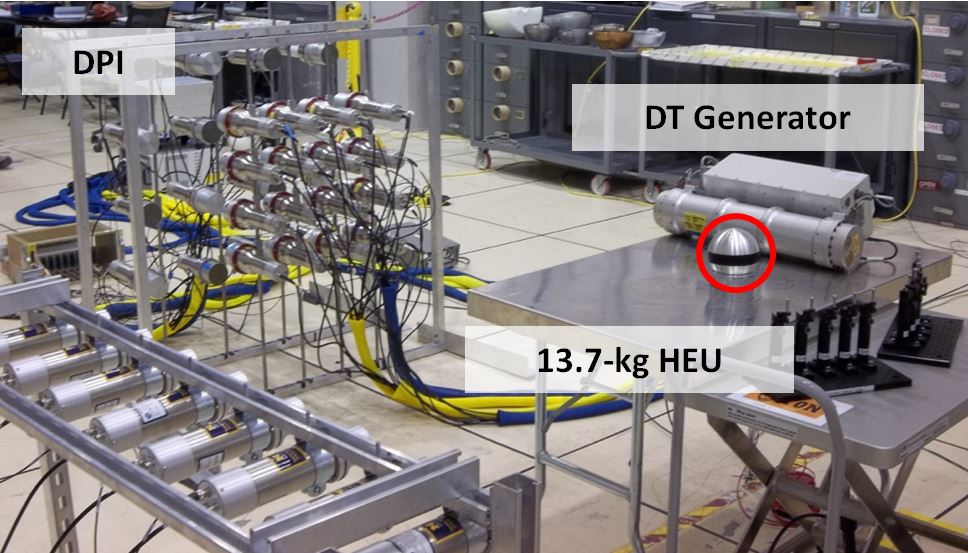
Focus Area 3: Nuclear Safeguards Instruments
As special nuclear material has great potential for both peaceful and harmful purposes, the ability to safeguard these materials is of utmost importance. Research projects at DNNG aim to develop novel radiation detection systems for nuclear safeguards applications. DNNG also focuses on developing new techniques for use in next-generation systems.
Related Projects: Active Interrogation Systems, Advanced Critical and Subcritical Measurements, Fast-Neutron Multiplicity Counter, Neutron Spectrum Unfolding, Radioxenon Detection
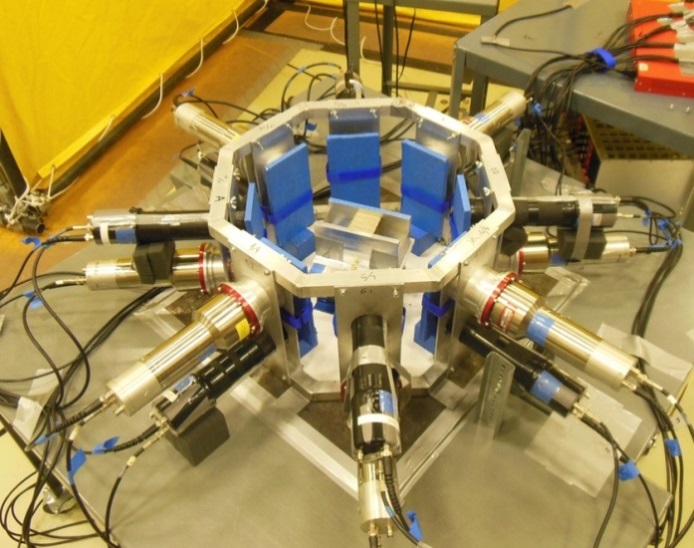
Focus Area 4: Physics of Fission Reaction
Understanding the physics of nuclear fission reactions is crucial in all areas of nuclear engineering. A better understanding of the complexities in nuclear fission reactions allows for development of high-fidelity simulation codes. Furthermore, the detected quantities from fission reactions are often characteristic to the material being measured which can provide insight into new detection systems. DNNG, in collaboration with the CVT, aims to design experiments to measure higher-order signatures from fission reactions to validate nuclear theory and current simulation models.
Related Projects: Fission Chain Analysis, Monte Carlo Code Development, Nuclear Fission Cross-Correlations and Multiplicities
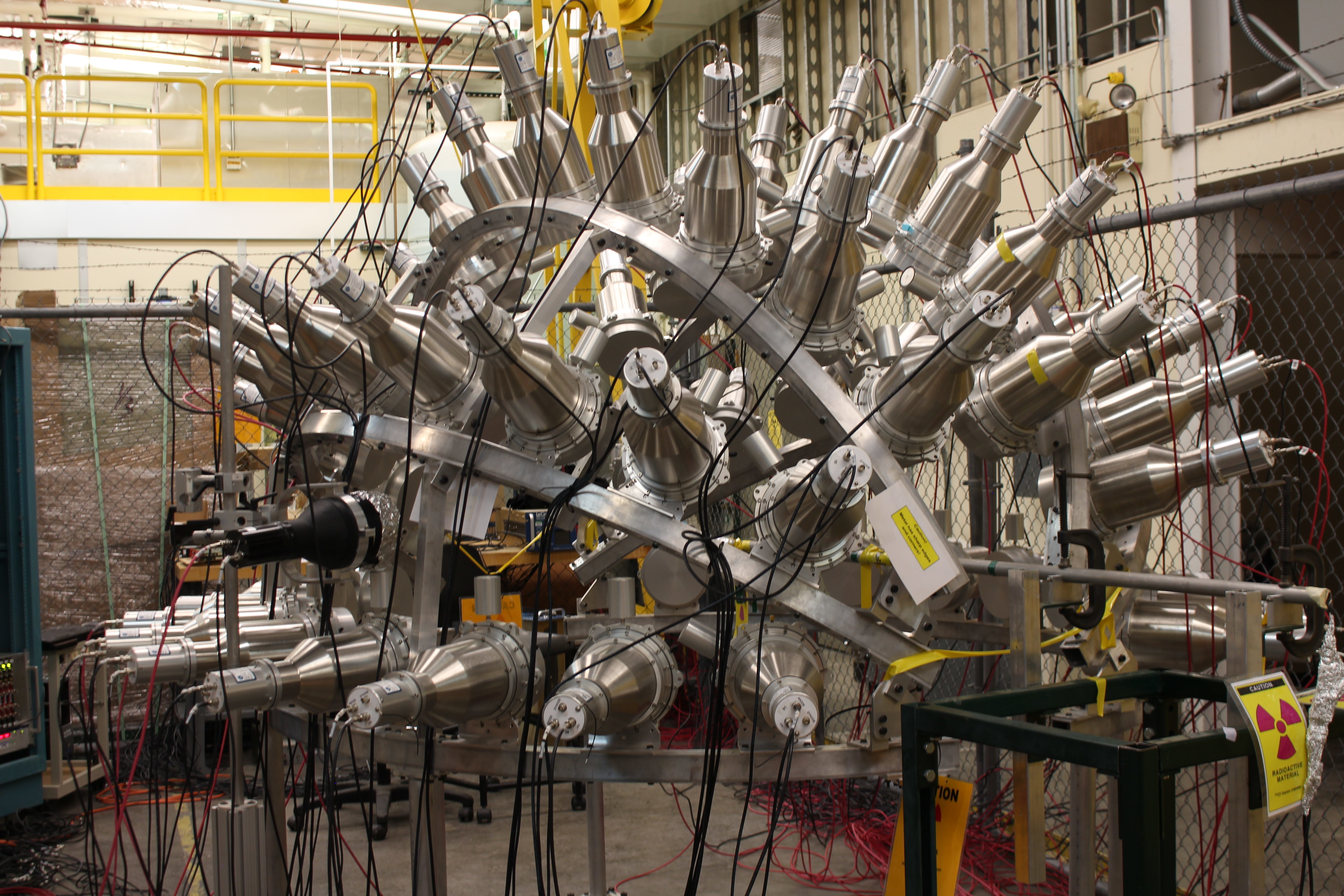
Focus Area 5: Medical Physics
DNNG research in medical physics primarily involves radiation dose from neutrons and gamma rays. Measuring and understanding the radiation dose is important in mitigating all the risks involved with radiation exposure. We apply our knowledge in organic scintillation detectors to provide new means of measuring dose.
Related Projects: Proton Therapy, Radiation Dosimetry
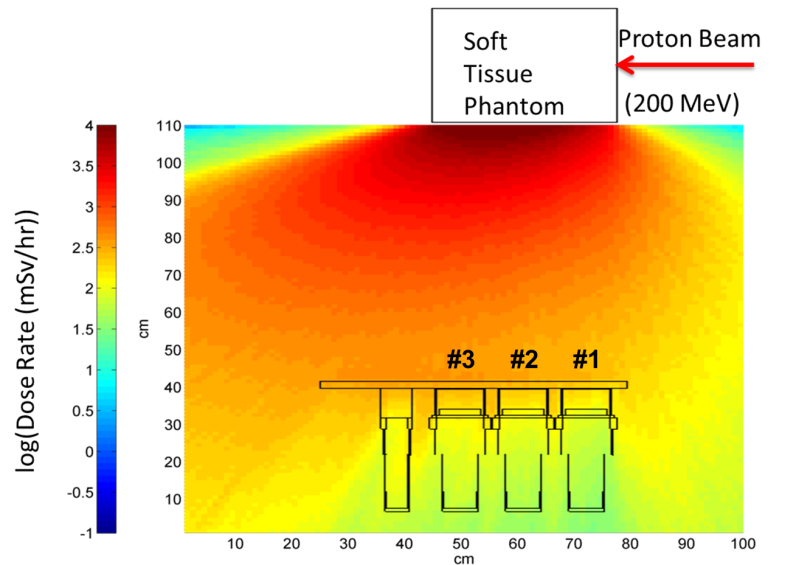
Focus Area 6: Radiation Imaging
Radiation imaging has been used in a wide range of applications in the field of nuclear engineering. The ability to image radiation sources with high confidence involves both optimal system design and robust imaging algorithms. DNNG focuses on developing novel detection systems for radiation imaging in nuclear security applications. Additionally, DNNG also focuses on the improvement and implementation of imaging algorithms for use in these systems.
Related Projects: Dual-Particle Imager, Handheld Dual-Particle Imager, Stochastic Imaging Algorithms

Focus Area 7: Scintillation Detectors: Characterization and Techniques
Robust characterization of scintillation detectors is significant for system design optimization and simulations of detector response. Furthermore, as organic scintillators are sensitive to neutron and photons, DNNG is also interested in investigating different pulse-shape analysis methods to better discriminate between the two types of particles. DNNG research for scintillation detectors involve characterizing the material properties (e.g. light output, anisotropic response, etc.) as well as developing novel techniques to improve current pulse-shape discrimination (PSD) performance.
Related Projects: Neutron Spectrum Unfolding, Organic Scintillator Characterization & Properties, Organic Scintillator Geometry, Pulse-Shape Analysis & Pulse-Shape Discrimination Techniques, Temperature Dependence in Organic Scintillators
